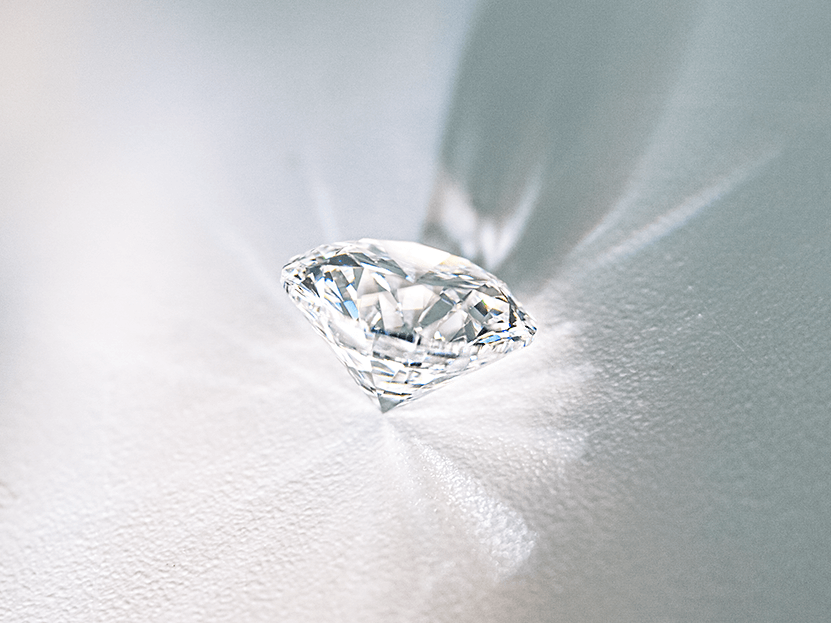
Your nursing scrubs are comfortable, yes, but staying comfortable in them can be a whole different story. Especially in the cooler seasons, it’s not uncommon for nurses to find themselves with an unshakable chill, overheating or alternating between the two. Even though your clothes may be comfortable enough to touch and slip into, what they do for you (or don’t do) is the real comfort test.
From finding the best nursing scrubs to finding the best nursing scrub jackets for women and men in the field, though, you may be wondering where to start and how to find the right pieces — without having to go through a lot of less-than-comfortable comfort tests.
Table of Contents
Know Your Materials
When it comes to both your scrubs and the layers underneath and overtop of them, one of the most important factors to consider is your material choice. Between cold surroundings and sweat-inducing workloads, picking good pieces in good materials is essential in order to help regulate your body temperature. The BEST materials to achieve this, however, will depend on what layer you’re dressing. In general, you’ll want to consider blends that include: cotton, rayon or spandex for base layer pieces. Cotton, polyester or spandex work well for mid-layer pieces (your scrubs) and cotton, fleece or nylon for outer layer pieces.
Know How to Use Layers
The most important part of utilizing layers is not dressing in them, but knowing how to use them by adding or shedding them at the appropriate times. This may seem simple enough, but more often than not is something that’s completely overlooked. If you wait until you’re sweating to shed a layer, it’s too late and the damage has been done. Certain materials will help, but if you’ve been left dampened by it, your body is going to become increasingly harder to warm. Similarly, if you wait until you’re shivering to add a layer, you’ve waited too long. You don’t want to make your body undergo extreme temperature shifts, especially not on a regular basis. Luckily, even in a position like this, dressing in layers and knowing how to use them properly can help!
- Base Layer: Your base layer is responsible for wicking away sweat, is the foundation of your outfit and is possibly even your after-work outfit all on its own if you shed your scrubs right away. Your base layer can’t be shed as easily during your shift as your scrubs can after, though, so you’ll want to consider these pieces carefully.
- Mid-Layer: If chosen right, your mid-layer will serve to absorb the sweat that your base layer has hopefully done a good job of wicking away from your skin and allow it to evaporate away efficiently. Your mid-layer will also retain your body heat by preventing it from circulating away too easily.
- Outer Layer: Your outer layer is undoubtedly going to be your best wind-blocking, rain-stopping and heat-locking layer, thanks to the mindful designs and materials that these types of pieces are normally made from. Along with this, the pieces that make up your outer layer will be the most convenient to use as they can be shed or slipped into the most conveniently.

Find the Best Layering Pieces
The best layering pieces are versatile and mindfully designed. From underscrubs that retain your heat and your professional aesthetic to jackets that keep your temperature and performance in mind equally, you’ll want to invest in and incorporate any (or all) of these pieces into your work wardrobe if you’re worried about staying warm.
- Short Sleeve Underscrub Tees: You’ll want your base layer pieces as well-fitted as they are well-thought-out. Undershirts should hug the body in order to remain concealed and should be checked for higher necklines that may be seen under scrub tops with lower necklines.
- Long Sleeve Underscrub Tees: Obviously, part of this base layer is going to show, but by keeping your base layers tight and coordinating the color of your long sleeve with the color of your scrubs, it isn’t showing as much as it is showing off and amplifying your image.
- Leggings or Bicycle Shorts: These pieces should be light enough in color to remain completely concealed beneath your scrub bottoms — even in stark clinical lighting. It’s important to note, as well, that there is a significant difference in a bicycle short’s ability to resist riding up as compared to other types of shorts. Do yourself a favor and aim for these, even if you prefer a shorter short!
- Your Scrubs: Although you may find yourself shivering when the colder months roll around and wishing you could wear your wool sweaters to work, your scrubs actually make for an amazing mid-layer! Along with the proper materials and fits, you’ll want to look for features like pockets to warm your hands in and collars to keep your neck from being exposed to cold drafts!
- Vests: Especially if you wear your vest while you work, features like pockets and breathable armholes are extremely beneficial, as is the ability to easily slip it on and off or to easily keep it out of the way. With many vests boasting removable hoods, they also offer an amazing work-life balance in terms of style and usage.
- Jackets: As far as outer layers go, jackets are the most well-known and utilized — and for good reason! A softshell jacket, a warm-up jacket, a lab coat or a scrub jacket in a color or pattern that complements your scrubs is an amazing way to stay warm, but also an amazing way to amplify your image.
Pack Appropriately
You won’t always be able to wear everything you need for the day. Whether you need to wear a pair of boots for your snowy commute and pack your nursing shoes — or you’re always cold toward the end of your shift wishing you had carried a cardigan in — your bag, especially if you use a proper sized medical bag made specifically for nurses, is the key!

Remember That Clothes Can Only Carry You So Far
As much of an impact as choosing and layering the proper clothes can have, you can’t rely on them entirely. If you often find yourself struggling to maintain a normal body temperature, you may want to consider interventions like incorporating more body-warming foods, implementing a regular exercise routine and improving your sleep, which all have a major impact on your body temperature. Along with this, it should be noted as well that certain medications, conditions and deficiencies may affect you in a way that leaves you more sensitive to the cold. It’s essential to know and help your body by educating yourself about your needs, looking after yourself appropriately and even seeking help from other healthcare professionals when necessary.






